How to Prepare Cantaloupe Seeds for Planting
How to prepare fresh cantaloupe seeds for planting - All tips you need to know
Cantaloupe seeds for planting
Cantaloupe is a popular fruit known for its sweet, juicy flesh and refreshing taste. It's also a great source of vitamins A and C, as well as other essential nutrients. If you're interested in growing cantaloupes in your garden, then you'll need to know how to prepare fresh cantaloupe seeds for planting. Cantaloupe seeds can be a bit tricky to prepare, but with the proper knowledge and tools, you can easily get your seeds ready for planting. In this article, we'll discuss the steps you should take to prepare your cantaloupe seeds for planting.
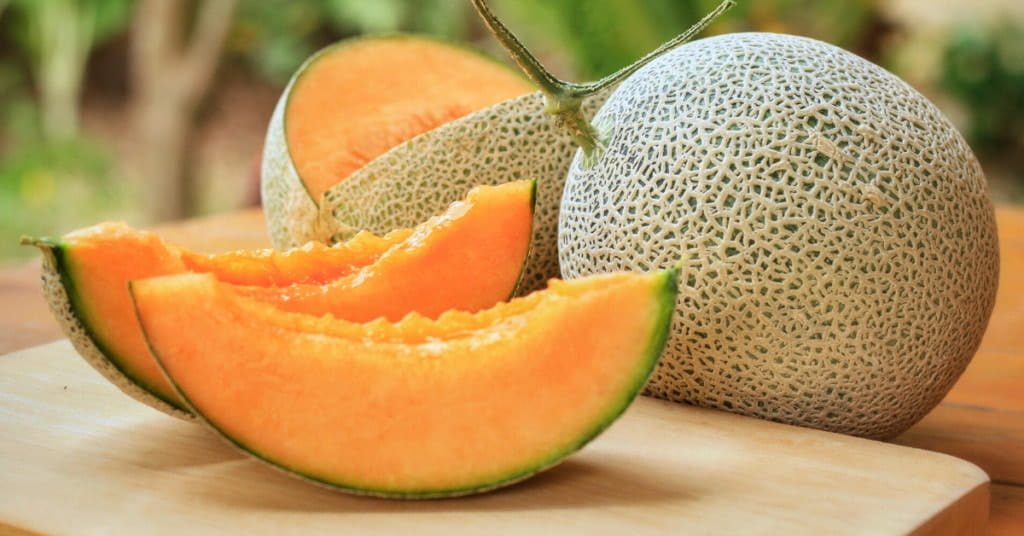
Outline
1. How To Prepare Fresh Cantaloupe Seeds for Planting
1.1 Harvest Your Cantaloupe Seeds
1.2 Remove Seeds from the Cantaloupe
1.3 Rinse the Seeds
1.4 Dry Your Cantaloupe Seeds
1.5 Test Your Cantaloupe Seeds
1.6 Store the Seeds
2. Tips for Growing Healthy and Delicious Cantaloupes
2.1 Choose the right location
2.2 Prepare the soil
2.3 Plant the seeds
2.4 Water the plants regularly:
2.5 Fertilize the plants:
2.6 Control pests and diseases:
2.7 Harvest the fruit at the right time:
3. Conclusion
1. How To Prepare Fresh Cantaloupe Seeds for Planting
With some tips on the pollination process and proper seed treatment, it is feasible to effectively preserve and prepare fresh cantaloupe seeds for planting in the following year.
1.1 Harvest Your Cantaloupe Seeds
The first step in preparing your cantaloupe seeds for planting is harvesting them from a ripe cantaloupe. To do this, you'll need to slice the cantaloupe in half and scoop out the seeds using a spoon. Try to get as many seeds as possible, as some may not germinate or grow properly. Once you've collected all of the seeds, place them in a strainer and rinse them with water to remove any remaining fruit pulp.
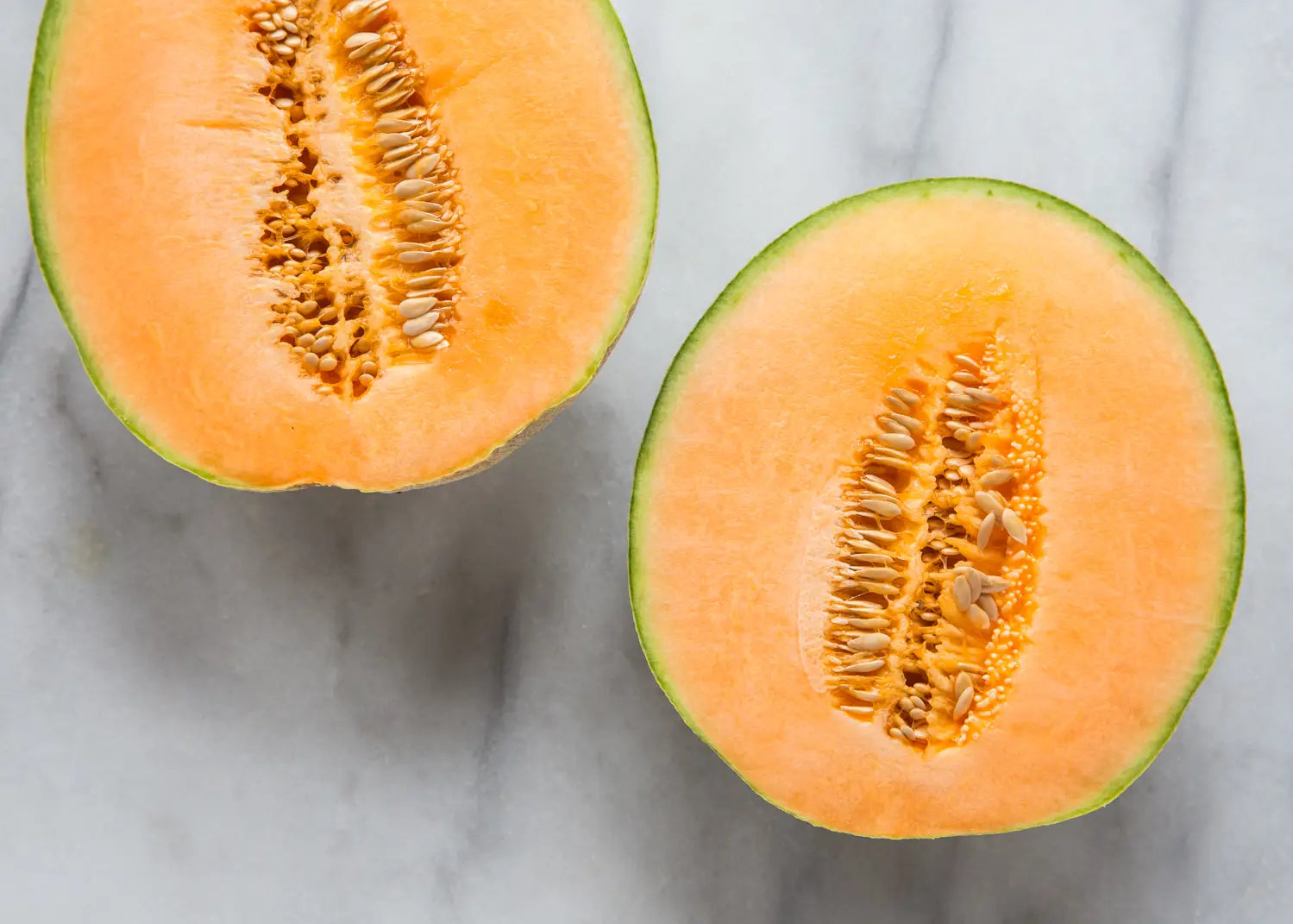
1.2 Remove Seeds from the Cantaloupe
To remove the seeds from the cantaloupe, cut it in half using a sharp knife. Use a spoon to scoop out the seeds and place them in a bowl. Be sure to remove all of the pulp from the seeds.
1.3 Rinse the Seeds
After you have removed the seeds from the cantaloupe, rinse them in cool water. Use your hands to remove any remaining pulp. You want to make sure that the seeds are clean and free of any debris.
1.4 Dry Your Cantaloupe Seeds
Once you have rinsed the seeds, it's important to dry them thoroughly before planting. To do this, spread your seeds out on a clean paper towel or a screen and allow them to air dry for several days. You can also use a fan to help speed up the drying process. It's important to make sure that your seeds are completely dry before planting, as moisture can cause them to rot or develop mold.
1.5 Test Your Cantaloupe Seeds
Before planting your cantaloupe seeds, it's a good idea to test them to see if they're viable. To do this, place a few seeds on a damp paper towel and fold it over to cover the seeds. Keep the paper towel moist and in a warm place for several days. If the seeds sprout, then they're ready to be planted. If they don't sprout, then they may not be viable and should be discarded.
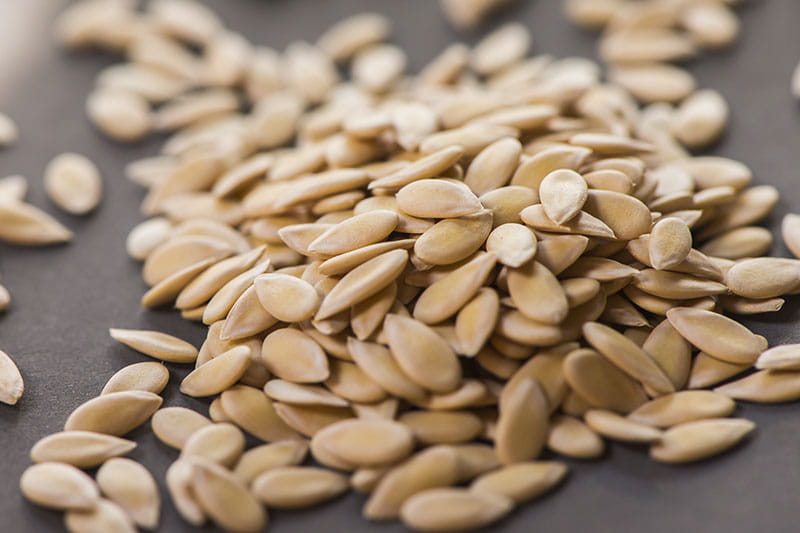
1.6 Store the Seeds
After the seeds have dried, you can store them in a cool, dry place until you're ready to plant them. You can use an envelope or a plastic bag to store the seeds. Be sure to label the container with the date and the type of seeds.
2. Tips for Growing Healthy and Delicious Cantaloupes
Once you've sown your cantaloupe seeds, there are a few things you can do to ensure your plants grow healthy and delicious melons:
2.1 Choose the right location
Cantaloupes require a lot of sunlight and warmth to grow well. Choose a location in your garden that receives at least six hours of direct sunlight each day. The soil should be well-drained and rich in nutrients. If your soil is heavy or has poor drainage, consider planting your cantaloupes in raised beds or containers.
2.2 Prepare the soil
Before planting your cantaloupes, prepare the soil by adding compost or aged manure. Cantaloupes require a lot of nutrients to grow, so it's important to provide them with fertile soil. Make sure to mix the compost or manure into the soil well, so that it is evenly distributed.
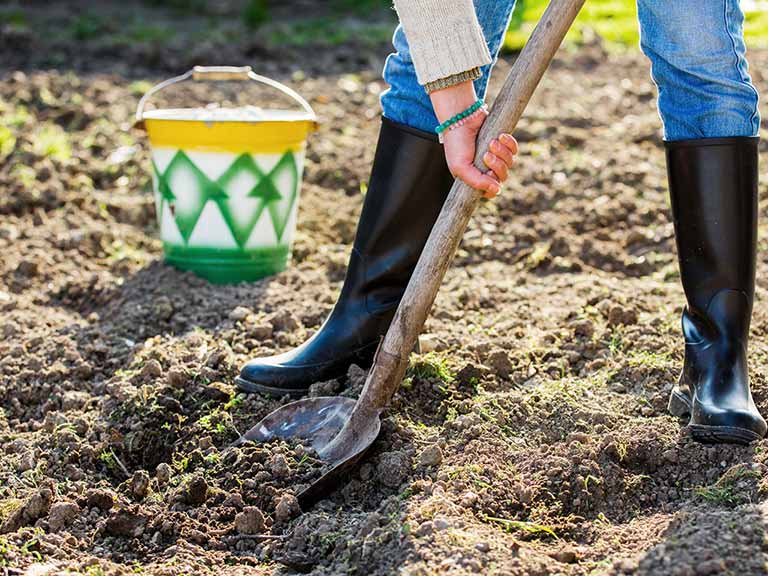
2.3 Plant the seeds
Plant your cantaloupe seeds in hills or rows, about 1 inch deep. Space the seeds about 18 to 24 inches apart. Water the seeds well after planting and keep the soil moist until the seedlings emerge.
2.4 Water the plants regularly:
Cantaloupes require regular watering to grow healthy and sweet fruit. Make sure to water the plants deeply once or twice a week, depending on the weather conditions.
2.5 Fertilize the plants:
Cantaloupes require a lot of nutrients to grow healthy and tasty fruit. Fertilize the plants with a balanced fertilizer, such as a 10-10-10 or 20-20-20 formula, once a month during the growing season.
10-10-10 is regarded as a versatile and well-balanced fertilizer that is suitable for all types of plants and growing conditions. The numeric representation of 10-10-10 stands for the respective percentages of Nitrogen (N), Phosphorus (P), and Potassium (K), collectively known as NPK, which are the essential nutrients required by plants for their growth and development.
A 20-20-20 fertilizer has a straightforward nutrient ratio, consisting of 20 percent each of nitrogen, phosphorus, and potassium. Compared to a standard NPK of 10-10-10, this fertilizer contains twice the amount of each nutrient, making it an excellent choice for revitalizing depleted and infertile soil.
2.6 Control pests and diseases:
Cantaloupe plants are susceptible to a variety of pests and diseases, such as aphids, cucumber beetles, and powdery mildew. To prevent these problems, use natural pest control methods, such as neem oil or insecticidal soap, and practice good garden hygiene by removing any fallen leaves or fruit from the ground.
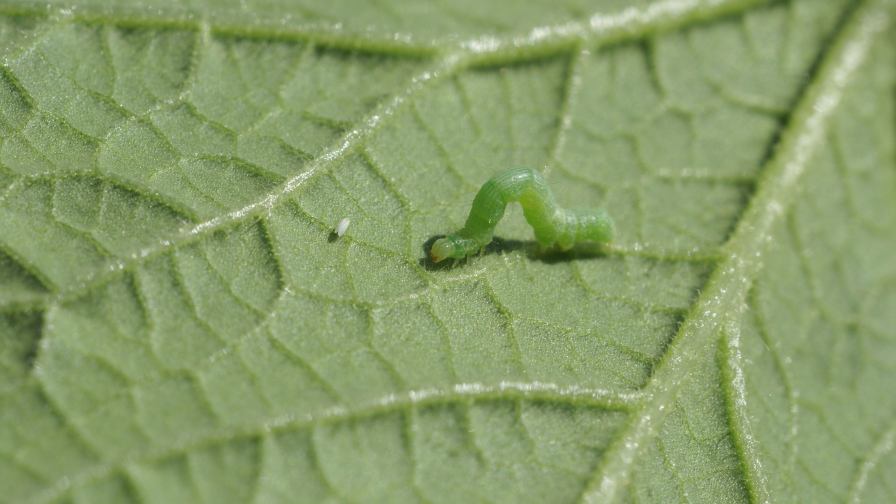
2.7 Harvest the fruit at the right time:
Cantaloupes are ready to harvest once they have a sweet aroma and are slightly soft to the touch. If you wait too long to harvest, the fruit may become overripe and lose its flavor.
3. Conclusion
Preparing fresh cantaloupe seeds for planting can seem like a daunting task, but with the proper knowledge and tools, it can be done easily. By knowing how to prepare fresh cantaloupe seeds for planting, you'll be able to harvest, dry, test, and plant your cantaloupe seeds with confidence. Remember to provide the plants with plenty of warmth, sun, and space, and enjoy the bountiful harvest of sweet, juicy cantaloupes.
Let’s visit The Rike, you can easily buy a lot of high-quality cantaloupes seeds online from this reliable supplier.





Leave a comment